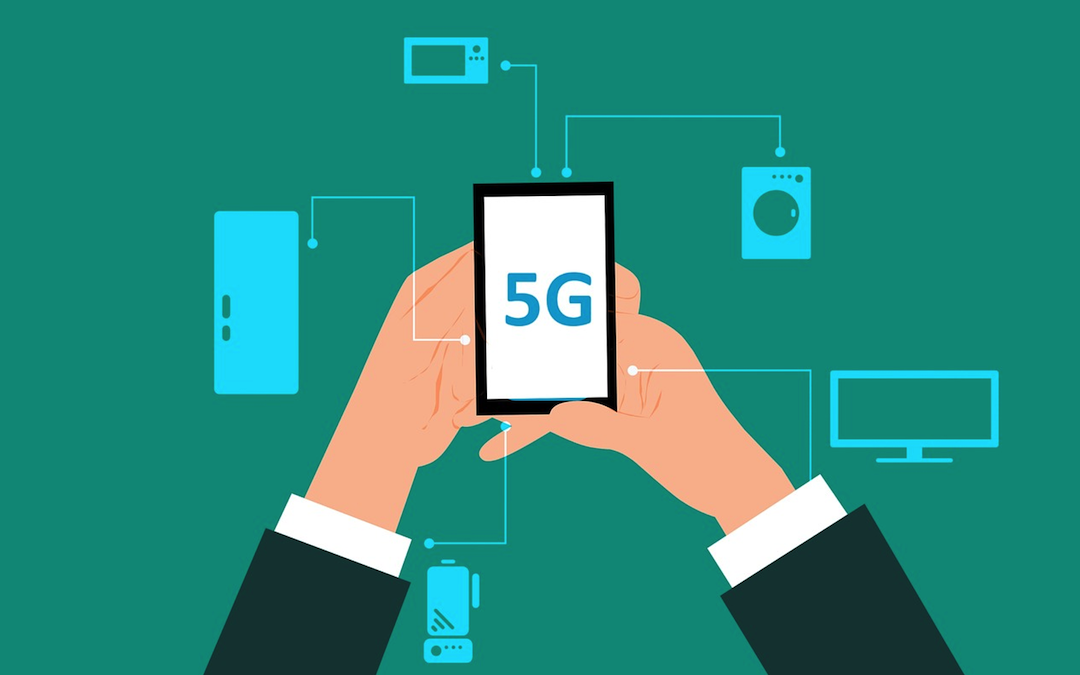
The Internet of Things (IoT) is rapidly transforming our world. From smart homes and wearables to industrial automation and connected cities, IoT devices are weaving into our lives' fabric. But at the heart of this transformation lies a critical element: IoT connectivity.
This connectivity acts as the nervous system of the IoT, enabling devices to communicate with each other and the cloud. It's the foundation upon which data flows, insights are gleaned, and intelligent actions are triggered.
Let’s meet the world of IoT connectivity, equipping you with the essential knowledge and strategies to navigate this dynamic landscape effectively.
What is IoT connectivity?
In simpler terms, IoT connectivity refers to the technologies and protocols that allow devices to connect and exchange data. This data transmission can be one-way (sensor to cloud) or two-way (device receiving instructions). IoT connectivity solutions empower devices to:
- Collect and transmit data: Sensors gather information about their environment, such as temperature, pressure, or motion. This data is then transmitted for processing and analysis.
- Receive instructions: Devices can receive commands from applications or cloud platforms, enabling remote control and automation.
- Interact with other devices: IoT devices can communicate with each other, fostering collaboration and coordinated actions.
IoT connectivity is the foundation of the Internet of Things, enabling devices to exchange data and power a new wave of innovation.
Choosing the Right Connectivity Technology
The ideal connectivity solution depends on several factors, including:
- Device capabilities: Consider the processing power, battery life, and data transmission needs of your devices.
- Application requirements: The type of data being transmitted and the acceptable latency (delay) will influence your choice.
- Deployment environment: Connectivity options may be limited in remote locations or environments with specific regulations.
Here's a glimpse into some of the most common IoT connectivity solution technologies:
- Wi-Fi: Widely available, offering high bandwidth for data-intensive applications, but with limitations in range and power consumption.
- Cellular (LPWAN): Low-Power Wide Area Networks (LPWAN) like LTE-M and NB-IoT excel in long-range communication and low power consumption, which is ideal for battery-powered devices in remote locations.
- Satellite: Provides connectivity in geographically challenging areas where other options are unavailable.
The vast array of IoT applications demands a diverse range of connectivity solutions.
Security Considerations in IoT Connectivity
As the number of connected devices explodes, so does the cybersecurity risk landscape. Here are some key security considerations for IoT connectivity:
- Device authentication: Ensure robust mechanisms to verify the identity of devices connecting to the network.
- Data encryption: Protect sensitive data in transit and at rest using strong encryption techniques.
- Secure updates: Implement reliable mechanisms for delivering secure firmware updates to maintain device integrity.

Strategies for Optimizing IoT Connectivity
Having established a solid understanding of IoT connectivity platform fundamentals, we can now delve into strategies to optimize it. By implementing these tactics, you can ensure your connected devices operate at peak efficiency, gather reliable data, and deliver maximum value.
Define clear connectivity requirements
Before choosing a technology, identify the specific needs of your devices and applications. This includes data volume, latency tolerance, and power constraints.
Leverage network management tools
Utilize tools to monitor network performance, identify potential bottlenecks, and optimize data flow for efficient connectivity.
Prioritize security measures
Implement strict security protocols to safeguard your connected ecosystem, including device authentication, data encryption, and secure updates.
Consider future scalability
Choose a connectivity solution that scales effectively as your network of devices grows to accommodate future expansion needs.
Partner with a reliable connectivity provider
Select a provider with a proven track record in IoT connectivity, offering secure, reliable, and scalable solutions that cater to your specific requirements
Conclusion
By understanding the fundamentals of IoT connectivity platforms, selecting the right technology, and implementing strict security measures, you can unlock the full potential of the IoT revolution. With a well-defined strategy, you can ensure that your connected devices communicate seamlessly, gather valuable data, and deliver transformative insights for your business or personal endeavors.
Share this post
Leave a comment
All comments are moderated. Spammy and bot submitted comments are deleted. Please submit the comments that are helpful to others, and we'll approve your comments. A comment that includes outbound link will only be approved if the content is relevant to the topic, and has some value to our readers.

Comments (0)
No comment